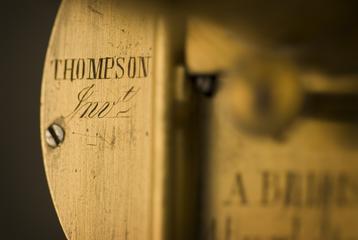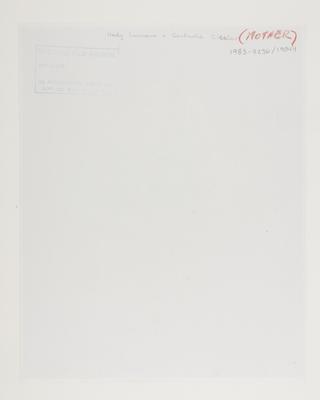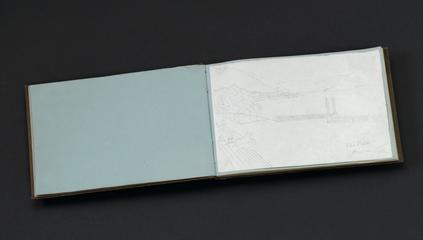
Photomicrograph of Dufay screen on an Autochrome plate.




Photomicrograph of Dufay screen on an Autochrome plate.
Dufaycolor first appeared in 1932 as a 16mm cine film, followed in 1935 by a roll film version. It employed a geometric screen made up of red lines alternating with rows of green and blue rectangles. Colour reproduction was good, and it was comparatively fast—although only one-third of the speed of contemporaneous black-and-white film.
Dufaycolor was aimed at the everyday ‘snapshot’ market. A processing service which returned finished transparencies, mounted and ready for viewing, opened up colour photography to a whole new class of photographers. Dufaycolor, the last of the screen processes, remained on the market up to the 1950s.
Details
- Category:
- Photographs
- Object Number:
- 1928-255
- Materials:
- glass and paper (fibre product)
- Measurements:
-
overall: 82 mm x 82 mm x 3 mm,
- type:
- photomicrographs
- credit:
- Gamble, C.W.



